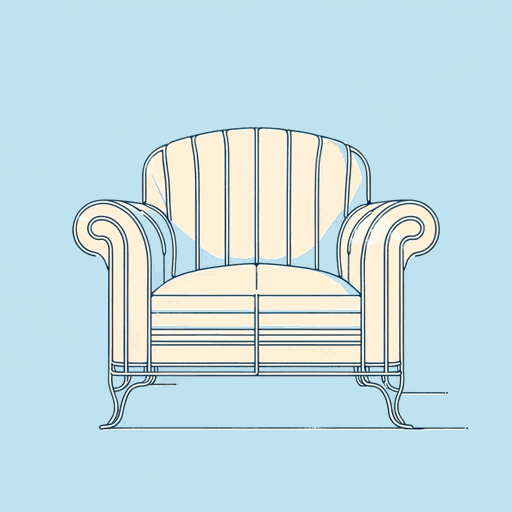36 pages • 1 hour read
Sigmund FreudOn Dreams
Nonfiction | Book | Adult | Published in 1901A modern alternative to SparkNotes and CliffsNotes, SuperSummary offers high-quality Study Guides with detailed chapter summaries and analysis of major themes, characters, and more.
Chapters 5-7Chapter Summaries & Analyses
Chapters 5-7 Summary and Analysis
Freud suggests that the work of interpreting and finding the dream thought is complex and challenging and is achieved only through intensive analysis. Dream thoughts are not explicitly present in the content of the dream and are often represented in obscure elements. In the dream, meaningful content and gratuitous content are given equal precedence. Dream displacement conceals meaningful content, hiding it amid unimportant elements. The more convoluted and stranger a dream seems the more displacement is occurring.
This relates to Freud’s earlier ideas about the three classes of dreams. In the second and third classes, dreams are more confusing and unintelligible. These types of dreams refer to repressed desires buried deep into the unconscious. They are distorted through complex symbols to remain concealed from the conscious mind. This corresponds with the theme Repression and the Unconscious, as well as Dreams as Expressions of Desire. The mind actively seeks ways to obscure repressed desires. Dream displacement plays a significant role in accomplishing this.
Dream displacement and condensation are essential elements in the creation of the dream.
Related Titles
By Sigmund Freud

Civilization And Its Discontents
Sigmund Freud

Moses and Monotheism
Sigmund Freud

The Freud Reader
Sigmund Freud

The Future of an Illusion
Sigmund Freud

The Interpretation of Dreams
Sigmund Freud

The Uncanny
Sigmund Freud

Three Essays on the Theory of Sexuality
Sigmund Freud

